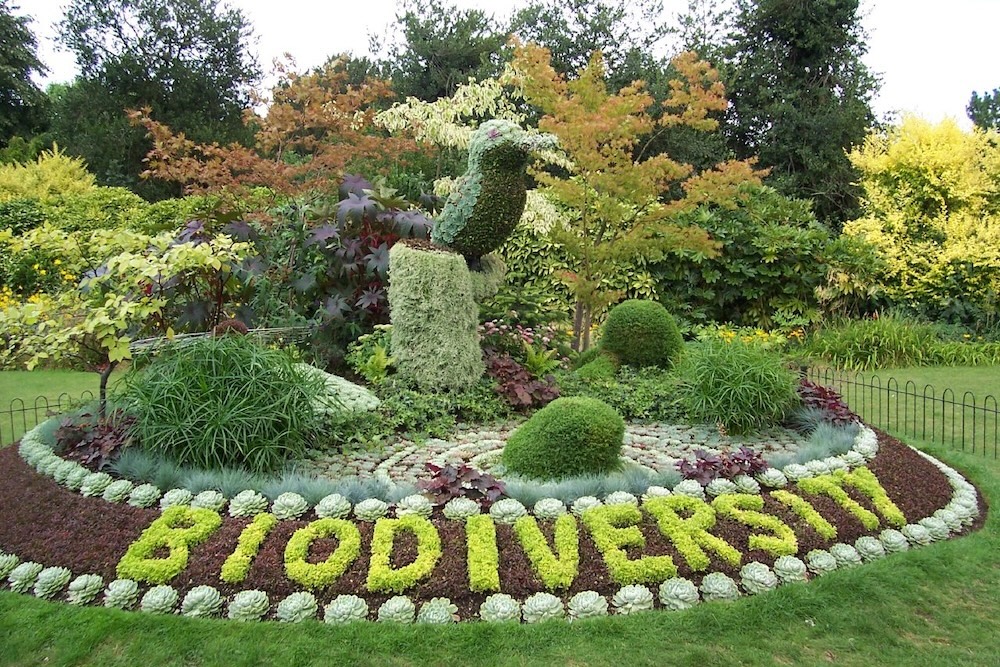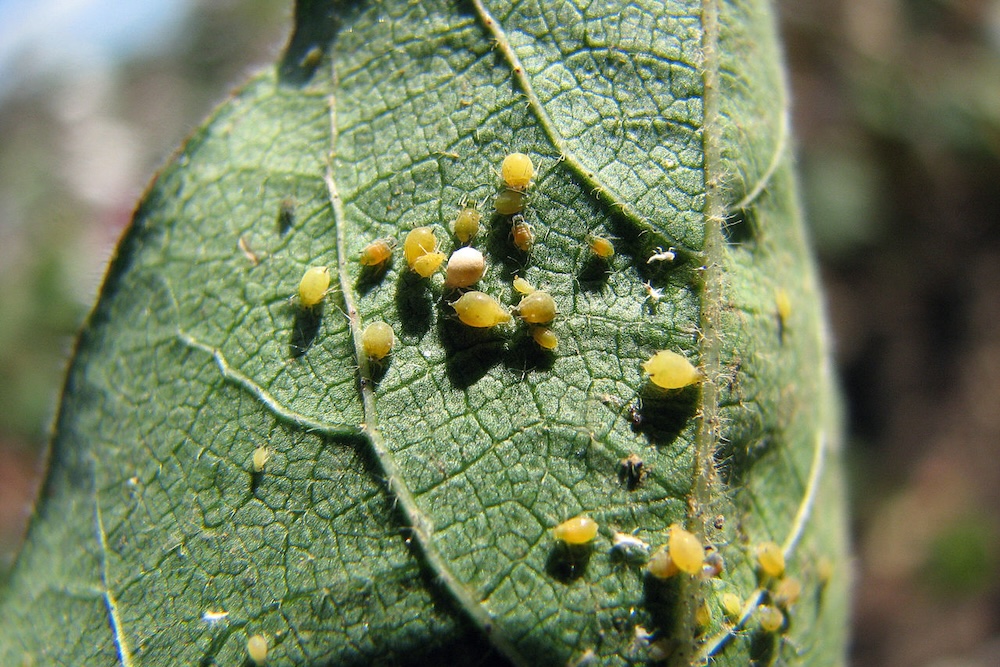Welcome to the world of polyculture, an approach to gardening that embraces diversity and mimics natural ecosystems.
How to Choose the Best Shade-Loving Plants for Your Garden
Choosing the right plants for your garden is the most important part of gardening, especially in a shaded environment. It’s not just about selecting the most appealing flowers or the best hedge; it’s about understanding the conditions in your garden and choosing plants that will thrive there.
This article will guide you on how to select the best shade-loving plants, focusing specifically on those few plants that grow flower beautifully in the shade.

- Understanding the Different Levels of Shade in Your Garden
- Characteristics of Shade-Loving Plants
- Best Shade-Loving Plants to Consider for Your Garden
- Caring for Your Shade Plants
- Tips for Designing a Shade Garden with Colourful Blooms
- Enhancing Flowering in Low-Light and Indoor Plants
- List of Plants that Flower in the Shade: Shade Perennials
- Daniel’s Wrap
Understanding the Different Levels of Shade in Your Garden
Before you can start choosing your plants, you need to understand the different levels of shade, because sunlight isn’t as simple as “on or off”.
There are different levels that you need to be aware of.
Light shade refers to areas that are exposed to dappled or filtered sunlight for most of the day, while partial shade refers to areas that get direct sunlight for only part of the day. Deep or heavy shade, as the term suggests, is found in areas where little to no direct sunlight reaches.
Not all shade-loving plants have the same light requirements. Some might do well in partial shade but struggle in deep shade, while others might thrive in either condition.
Characteristics of Shade-Loving Plants
Shade-loving plants are unique in their ability to flourish under lower light conditions. They have adapted several characteristics to survive with less sunlight.
For instance, they sometimes have larger, darker green leaves to maximise photosynthesis efficiency. Sometimes, they’ve adapted a darker pigment with more chlorophyll to make use of the available light. Others have thin stems to allow them to follow dappled light throughout the day.

Best Shade-Loving Plants to Consider for Your Garden
Without further ado, let’s go over some of the best plants for gardens that receive less than full sunlight. We’ll start with plants that don’t mind the shadiest outdoor spaces, and move onto plants that like at least a little bit of sunlight.
Isabella® Liriope muscari ‘LIRF’ PBR
Isabella® Liriope is a groundcover that thrives in full sun to heavy shade. This evergreen plant with fine leaves and purple flowers is an excellent choice for shaded gardens because of its low maintenance and ability to handle heavy foot traffic.
Its dense growth keeps weeds at bay.
Little Phil™ Philodendron species ‘PHIL01’ PBR
Like most Philodendron species, this cultivar prefers light to full shade. It thrives indoors or in shaded gardens. You can put it in a pot, plant it along borders, or simply use it as part of your low-growing garden layer.
Emerald Arch® Dianella tasmanica ‘DT23’ PBR
Emerald Arch® Dianella is an Australian flax lily that loves full sun to heavy shade. It’s known for its arching, emerald green foliage and blue flowers. This plant is perfect for shaded gardens due to its hardiness and tolerance to most soil types.
Pinnacle™ Syzygium australe ‘AATS’ PBR
Pinnacle™ lilly pilly is a narrow, upright variety of Lily Pilly, providing a strong architectural shape, ideal for tight planting areas. This plant can handle full sun to part shade and is perfect for hedging or as a feature plant due to its resilient nature and resistance to diseases.
Buccaneer™ Agapanthus hybrid ‘AMDB002’ PBR
Buccaneer™ Agapanthus is a robust, dense plant with deep blue flowers. It can tolerate full sun to part shade and is resistant to pests and diseases, making it a reliable choice for shaded gardens.
Flirt™ Nandina domestica ‘MURASAKI’ PBR
This small shrub features deep red new growth and thrives in full sun to moderate shade. Its colour, compact size and low maintenance requirements make it a perfect addition to shaded gardens.
Kingsdale™ Poa poiformis ‘PP500’ PBR
Kingsdale™ grass is a fine leaf blue tussock grass that thrives in full sun to part shade. It’s non-invasive and requires minimal water once established, making it suitable for shaded gardens.
Encore Azalea range, including Autumn Lilac™ Rhododendron hybrid
These plants bloom multiple times a year from spring right through to autumn, and thrive in full sun to part shade. Their vibrant colours and ability to adapt to various light conditions make them perfect for shaded gardens. Autumn Lilac azalea features beautiful purple flowers with darker purple spots.
If you’re looking for a flowering plant for a partially shaded garden, look no further than the Encore Azalea range. Autumn Lilac™ Rhododendron hybrid.

Caring for Your Shade Plants
Like all plants, shade-loving ones need care to keep them healthy. Watering needs may vary depending on the type of plant and its natural habitat. Start by planting the right plant in the right place – different plants have different needs, so make sure every plant is in an environment it’s likely to thrive in.
Plants with similar needs should be planted together.
Provide enough water for each plant type without overwatering. Fertilising can help provide necessary nutrients, especially in nutrient-poor soils. Pruning correctly helps maintain the shape of your plants and can encourage new growth.
Tips for Designing a Shade Garden with Colourful Blooms
When arranging your plants, consider their adult size, bloom time, and colour to create a visually appealing garden all year round. Using plants with different textures, colours, and heights can add layers of interest to your garden.
Put short plants at the front, and taller plants to the back to ensure that every plant is visible. This can also ensure they all receive the small amount of light available, depending on the direction of the light, of course.
Enhancing Flowering in Low-Light and Indoor Plants
Encouraging flowering in indoor shade-loving plants involves proper care and maintenance. Providing adequate water, maintaining humidity levels, and ensuring the plant receives the right amount of light are all crucial factors.
At the end of the day, as long as you’re planting flowering plants in an environment that they’re likely to thrive in, and giving them all the nutrients and water they need, they’re more likely to flower as hoped.
You won’t get a full-sun-loving plant to flower in partial shade.
List of Plants that Flower in the Shade: Shade Perennials
Here’s a list of 10 more plants that are known to flower in the shade:
- Bromeliad (Bromeliaceae): Commonly found in homes across Australia, bromeliads are more than content to stay in the shade. Their hardy stems make them a popular choice.
- Winter Daphne (Daphne odora): This plant is known for its fragrant flowers and preference for shady conditions.
- Heartleaf Foamflower (Tiarella cordifolia): A shade-loving plant that produces delicate white flowers.
- Australian Violet (Viola hederacea): A native Australian plant that loves the shade and produces small, pretty flowers.
- Hydrangea (Hydrangea macrophylla): These popular bushes thrive in the shade and flower right through summer.
- Coral Bells (Heuchera spp.): They come in a large variety of striking foliage colours and are a popular shade-loving perennial shrub in Australia.
- Clivia (Clivia miniata): Originally from South Africa, this plant thrives in Sydney’s climate and will brighten your shady garden from late winter to early spring.
- Impatiens (Impatiens spp.): Known for their wide range of colours, these plants are a great choice for shady gardens.
- Renga Lily (Arthropodium spp.): These tropical-looking shade lovers with lush, green leaves produce white flowers in summer, even in shady areas.
- Camellia (Camellia japonica): Camelias bloom with large, colourful flowers in a variety of colours from winter to spring, depending on the variety. They’re perfect for shady spots or in direct light, and can be grown as a shrub or a small tree.
Daniel’s Wrap
Choosing the best shade-loving plants for your garden can seem daunting, but with the right knowledge, it becomes an exciting journey of discovery. Remember, the key is to understand the light conditions in your garden and choose plants that are well-suited to those conditions.
Don’t be afraid to experiment and try different plants until you find the ones that work best for you. There’s nothing wrong with replacing a poor performing plant for something better-suited to the space!




This Post Has 0 Comments